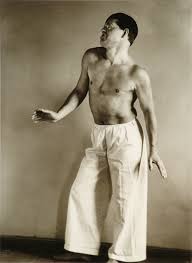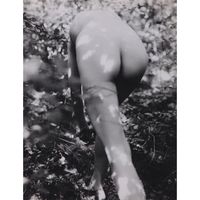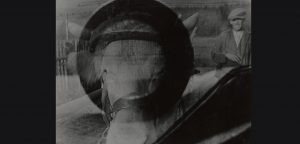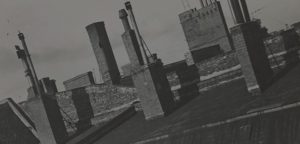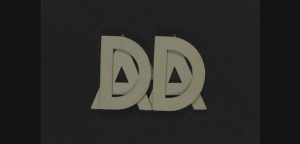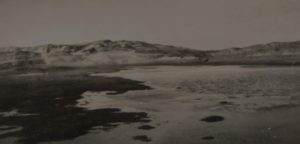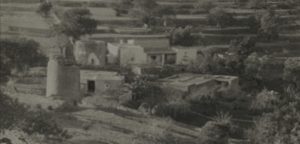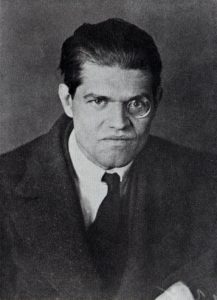He was born on the 12th of July in 1886 in Vienna, Austria.
1886 - 1971
Raoul Hausmann
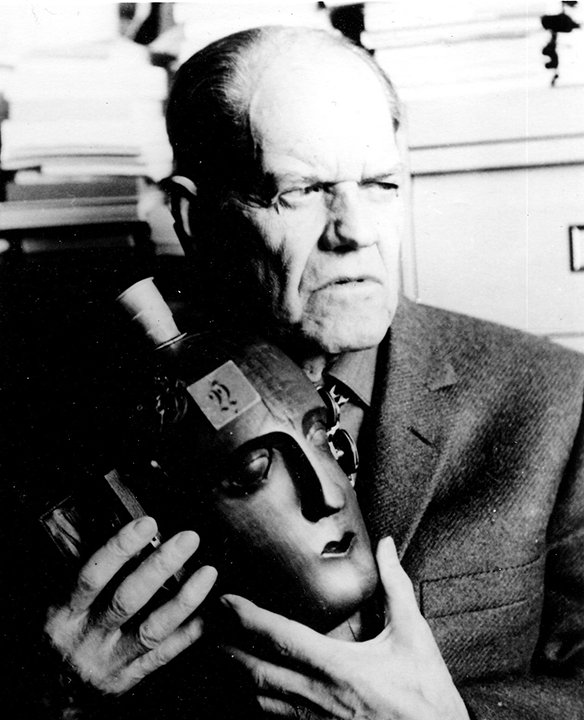
description
An Austrian artist, poet and writer, the leader of the Berlin Dada.
He was born into the family of artists. He received his first drawing skills from his father. In 1900, at the age of fourteen, Hausmann moved with his family to Berlin, where he studied painting at Artur’s Studio Arthur Lü Funk.
Raoul Hausmann was a key figure among the avant-garde artists of Germany, famous for his photomontages and original collage works, which he used for satire and political protest. The artist also created voluminous compositions, the most famous of which was the “Mechanical Head” or “The Spirit of Our Time”. In addition, Hausmann invented an optico-poetic poem, wrote a large number of critical articles, was an editor of the magazine Der Dada, and worked out the manifesto of Berlin’s Dada together with like-minded people. He is rightly considered one of the most original artists of his time, whose revolutionary ideas had a direct impact on European avant-garde art.
Key ideas:
– Hausmann’s works were distinguished by their innovation and courage; they sharply criticized modern society with its conservative ideals. Most of all, the artist was worried about the fate of Germany and its citizens. Hausmann was against the fact that people were killed in a war, which he considered absurd and nonsense, and this subject is reflected in many of his works. In order to attract public attention to these problems, the artist tried to make his works as much provocative, shocking and spectacular as possible, because it is art that can greatly affect the human emotions.
– Raoul Hausmann was not much engaged in traditional painting. He developed his skills in the techniques of collage, installation and the application of new materials in the visual arts. One of his first works on the theory of art was named “New materials in painting.”
– In collaboration with Anna Hekh, he was the first to experiment with the technique of photomontage, combining photographs and clippings from different newspapers in his compositions. These collages, in spite of the seeming pointlessness of a heap of many images, carry a deep meaning and an emotional message. Every detail of the composition of Hausmann appears on canvas or paper not by chance; it is carefully thought out by the author and contains a hint of specific personalities or events.
– Hausmann approached the process of creating his works with extreme seriousness and responsibility. The artist himself said: “The method of photomontage expresses our rejection of the role of the artist. We develop constructions like engineers, and we make them of parts like builders. ”
– The Berlin group of Dadaists, one of the leaders of which was Raoul Hausmann, opposed itself to Expressionism, which, in their opinion, expressed only the author’s inner experiences. Dadaists tried to express not only their feelings, but also political views and social beliefs with the help of their works. This movement precisely reflected the inner atmosphere of modern Germany, and had a great influence on the further development of the art of the country.
1886
1911 - 1914
1915
1918
1920
1923
1936
1971
The birth of the artist
The artist became a member of the group "Die Brucke"
He started to visit the gallery “Sturm”, where he met its owner, Gervart Walden – a German artist, art critic and critic, as well as many Expressionist artists. He was mostly influenced by the emotional works of E. Heckel, E.L. Kirchner and K. Schmidt-Rottluff. The artist became a member of the group “Die Brucke”, was carried away by Expressionism. He began to publish his articles in the magazine “Storm”.
Started his cooperation with Hannah Hyoh
Started his cooperation with Hannah Hyoh – a pioneer of photomontage in Germany. Their fruitful cooperation helped spread this original method among the Dadaists so much that it became a special conceptual art and even a visiting card of the whole current. Personal and creative relations with Hannah continued until 1922
Became one of the founders of the Berlin movement Dada
Became one of the founders of the Berlin movement Dada. The artist participated in the development of the manifesto of the Dadaists (co-authored with E. Golyshev) and contributed to the publication of the magazine Der Dada in Berlin. His original collages and avant-garde poetry became popular throughout Europe.
Together with Gross and Hartfield, he organized the "First International Dada Fair"
Together with Gross and Hartfield, he organized the “First International Dada Fair”. This event, although it did not bring financial benefits, was seen in the artistic circles and became the most famous of all the events of the Berlin Dada Group. About 200 works by various avant-garde artists of the city were presented at the exhibition. An example of the fair was followed by artists in Amsterdam, Milan and Rome. In the same year, Hausmann created one of his most famous works – “The Mechanical Head” or “The Spirit of Our Time”, which is the head of a mannequin with various objects attached to it.
In 1931, he took part in the Berlin group exhibition of photomontage art
After the disintegration of the group of Berlin Dadaists, he abandoned artistic creativity and paid more attention to photography, engaging in various experiments in this art genre. In 1931, he took part in the Berlin group exhibition of photomontage art, where he showed eight of his works. At this time, the artist had close friendly relations with Kurt Schwitters – a recognized master of modern collage and poster. Schwitters perfected Raoul’s photomontage technique with his own finds, adding volume parts (often unnecessary garbage) and painted elements.
Movement to Paris
As a forbidden by Nazi regime painter, he had to move to France and later to Spain and Prague. A year later, he went to Paris, and then to Limoges, where he finally settled. During the war, he almost did not create any works of art, except for writing articles. In the postwar years, Hausmann published several major works on the Dada movement. The artist began to paint pictures in the technique of oil, creating landscapes and portraits.
The death of the artist
Raoul Hausmann passed away on the 1st of February in 1971 in Limoges, France.

